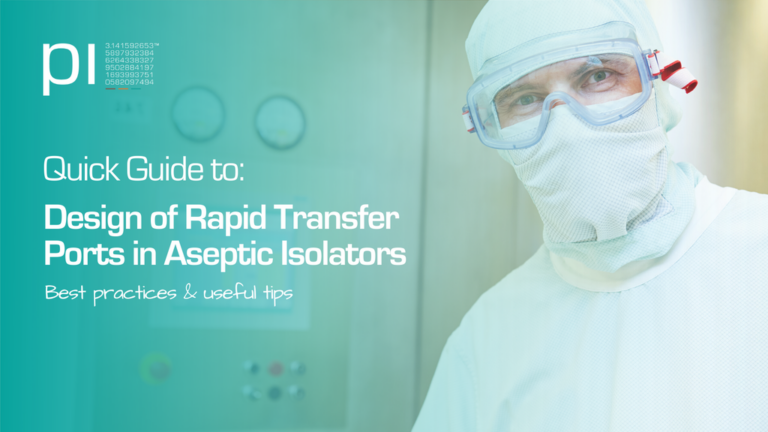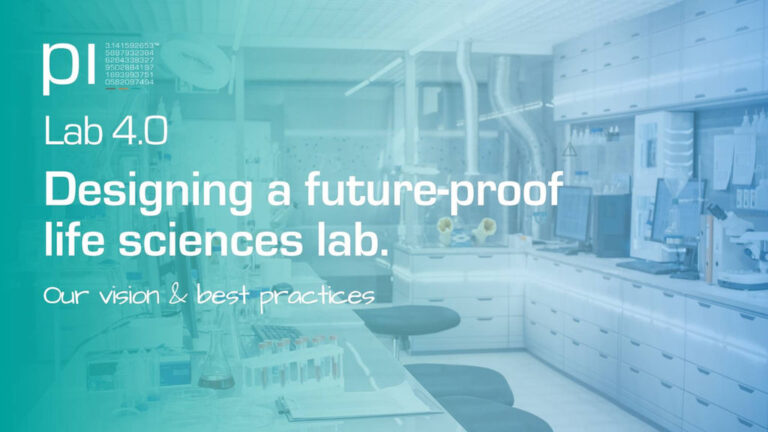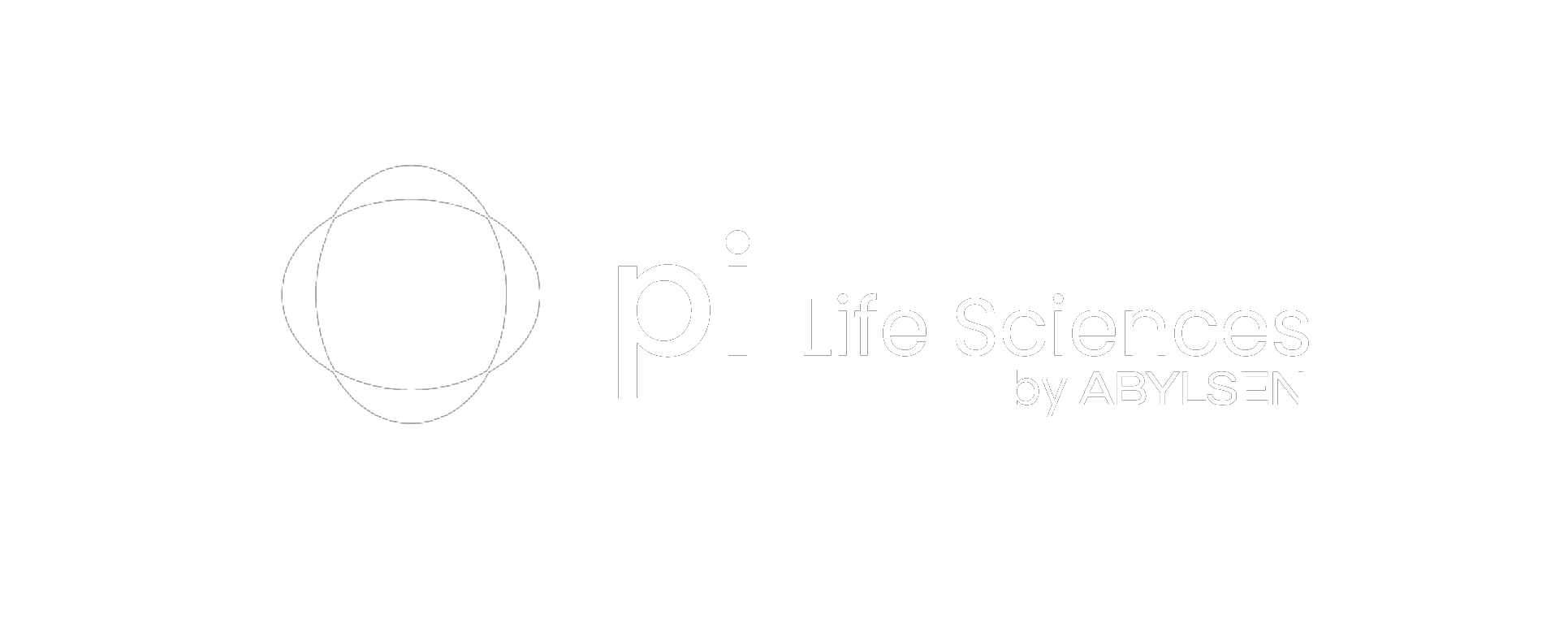Every aspect of the manufacturing process is examined and covered by Good Manufacturing Practices (GMP) and Good Documentation Practices (GDocP) to guard against any risks that can be catastrophic for products such as cross-contamination, adulteration, and mislabeling. But what are the GMP and GDocP guidelines exactly? GMP and GDocP are extensive concepts which are discussed further in this blog.
Thedifference between GMP, GDocP, and Data Integrity
The obvious difference between GDocP and GMP is that GMP covers the manufacturing of drugs and GDocP are guidelines about the documentation of the results within GMP. In other words, GDocP is part of GMP. And data integrity is in turn part of GDocP.
Data integrity refers to a variety of important processes to guarantee the completeness, accuracy, and consistency of data during the total life cycle of the pertaining data. The purpose of data integrity is to be able to provide the correct documentation to prove the quality of products. It offers protection of data against unauthorized, accidental, or intentional (fraud), changes, or deletions of data.
Good Manufacturing Practices (GMP)
Good Manufacturing Practices (GMP) are the practices required to be conform to the guidelines recommended by the regulatory agencies Food and Drug Administration (FDA)and other authorities (i.e. Federaal Agentschap voor Geneesmiddelen en Gezondheidsproducten in Belgium (FAGG)) that control the authorization and licensing of the manufacture and sale of food, cosmetics, pharmaceutical products, dietary supplements, and medical devices.
GMP records are all documents that provide supporting information regarding the production and quality of the product and the safety of the client. These records are considered critical.
The GMP guidelines provide minimum requirements that a manufacturer must meet to assure that its products are consistently high in quality and safety.
GMP exists to prevent harm from occurring to the end-user.
Following the GMP guidelines ensures that:
-
The product is free from contamination
-
The product manufacturing is consistent (produced by GMP environment)
-
The product manufacturing is well documented (GDocP)
-
Personnel is qualified and trained individually
-
The product has been checked for quality
Good Documentation Practices (GDocP)
Good Documentation Practices (GDocP) are methods for recording, correcting, and managing data and documents. Also, those recordings ensure the reliability and integrity of information and data throughout all the aspects of a product’s lifecycle. The standard requirements for the quality system used in GDocP are set by The International Organization for Standardization (ISO).
Subsequently, good documentation practices are essential for attaining ISO-9001-2015 certification and other industry-specific ISO certifications specific to the industry, e.g. ISO/IEC 17025 (for laboratory testing and calibration standards); ISO/IEC 27001 (for information security management system / ISMS), ISO 14001 environmental Management and ISO 13485:2016 (for medical device manufacturing).
What does the Code of Federal Regulations (CFR 21 PART 11) mean?
-
CFR is an annual codification of the general and permanent rules published in the Federal Register by the executive departments and agencies of the Federal Government.
-
CFR is structured into 50 subject matter titles some of which are related to specific industries e.g. Food and Drugs.
-
Title 21 is the section consisting of 9 volumes that contain the rules and regulations that govern the Food and Drug Industry.
-
Part 11 is the part of Title 21 containing the guidance rules that govern Electronic Records and Electronic Signatures.
How data integrity guidelines are applied
The processes concerning data integrity must all comply with the applicable legal requirements. Within the GxP environment, the submission of evidence by the law and regulations is extremely important to prove the safety and efficacy of a product. After all, regulatory authorities such as the FDA and the European Medicines Agency (EMA) often assume a medicine is unsafe until the manufacturer proofs the contrary. Note that the best application of GDocP starts with trained and experienced staff.
The ALCOA PLUS principle
The different phases of data processing from initial creation to final destruction forms the data life cycle. Throughout the data life cycle, data is created, processed, reviewed, reported, archived, and destroyed. Every action is performed according to the applicable procedures of data integrity.

The ‘ALCOA plus’ principle is applied to each phase of the data life cycling to ensure the data is complete, consistent, and accurate. ALCOA stands for Attributable, Legible, Contemporaneous, Original, and Accurate. The FDA and EMA use ‘ALCOA plus’ as a guideline to safeguard data integrity.

ALCOA
Attributable: Data and information are documented by the person who is acting. The identity of the person can be confirmed on different ways:
-
Manually by initials/signature/initials and date;
-
Electronic by an electronic signature or unique user login (through audit trail)
Legible: Data must be recorded permanently in a durable medium and it must be readable.
Contemporaneous: Data should be recorded at the time of the performance.
Original: The information should be an original record or a certified true copy.
Accurate: Data is taken over as shown e.g. on a balance or clock.
PLUS
Complete: Make sure that all data including repeat or reanalysis performed on the sample that everything is included, and nothing is missing.
Consistent: Data must be recorded by all users in the provided fill-zones in a similar way. Consistently and clarity creates order. e.g. Writing the date and time, using stamps.
Enduring: Data must be indelible. Written documents must preferably be completed in black ink; the use of pencil or other non-permanent writing materials on official documentation is not allowed. Electronic data should be stored on a disk without being able to be deleted or overwritten.
Available: data must be available/accessible for review/audit for the lifetime of the record.
Blog by Hatice Üstboga – QC Data Review expert
About Hatice – As a QC consultant within a GMP environment, she had build up a broad experience in review processes for GMP QC operations. Hatice finds it important to maintain data integrity in all formats of data, whether on paper or in electronic systems.
References







